For years the fishing industry has played the most important role in Icelandic economy. Iceland’s fishing ground reach 200 nautical miles that are rich with fish. The most common fish are haddock, cod, redfish, catfish and coalfish. The fish is used domestically but a lot is exported. The export of fish and its byproducts, fresh or frozen, is one of the most important sources of revenue in Iceland. There are three harbours on the South coast where ships can unload; Höfn, Vestmannaeyjar and Þorlákshöfn. These harbours service also a large part of the whole of Iceland’s fishing ships. The fishing industry consists of fishing but also food processing, export and marketing of fish products. Approximately 670,000 tons of fishery products is exported.
There have been great investments over the years in the fishing industry that has increased the productivity. The fishing industry produces more value for each working hour in Iceland, which is more than any other Scandinavian country (apart from the metal industry). Over the years there have been great improvements in the fishing industry, mostly in regards to environmental issues such as fuel and the greenhouse gas emissions from the fishing industry has greatly declined over the years. It was 19,5% in the year 1990 and was down to 9,7% of the whole emission 14 years later.
With marine biotechnology various products have also been created where by-products from the fishing industry are used. These are for example medicines, vitamins and cosmetics. There are various opportunities in regards to investments in the fishing industry and by-products.





